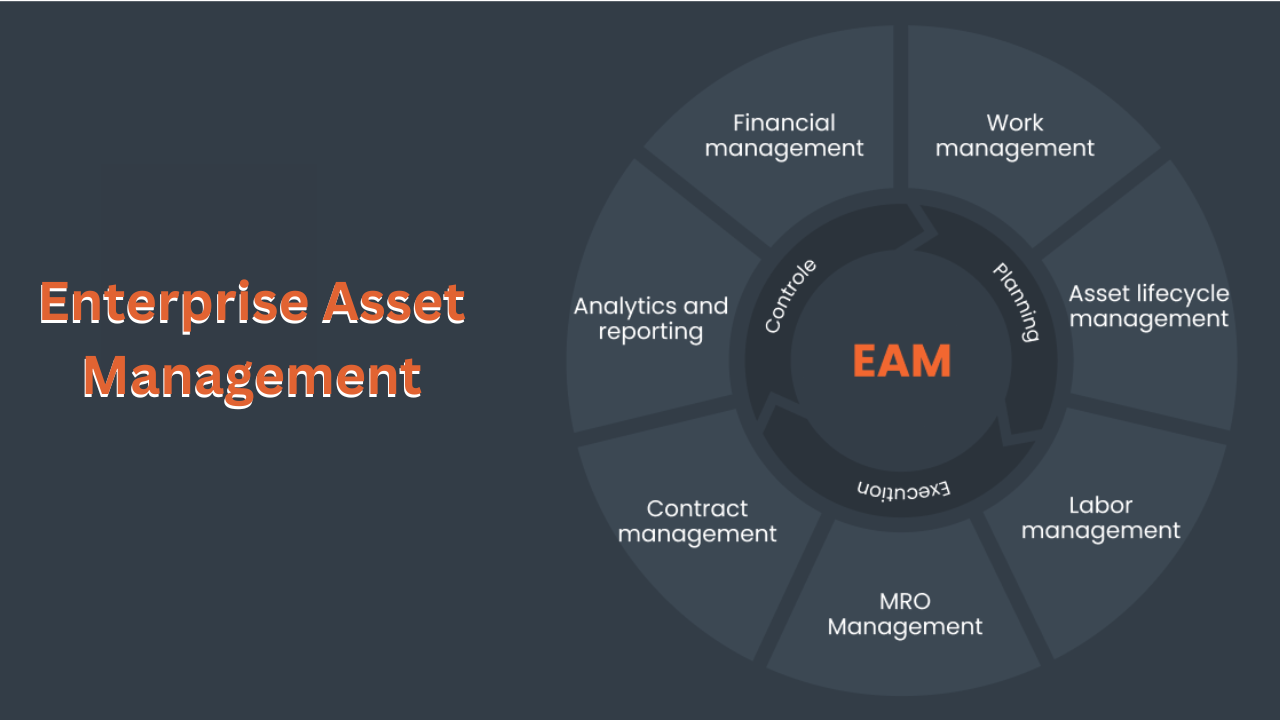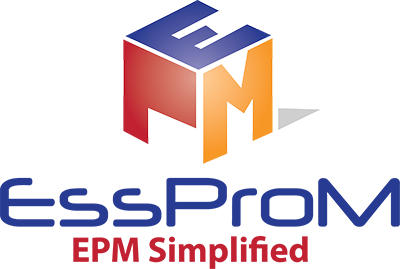
EAM (Enterprise Asset Management)
A software solution that helps organizations manage their physical assets throughout their lifecycle, from acquisition to disposal. EAM includes features such as asset tracking, maintenance scheduling, and resource allocation, and is designed to help organizations optimize their asset performance and reduce costs.
Features: Enterprise Asset Management (EAM) is a software system that helps organizations manage and maintain their physical assets throughout their lifecycle. Some of the key features of EAM include:
- Preventive maintenance: EAM enables organizations to schedule and track preventive maintenance activities, such as inspections, repairs, and replacements, based on asset usage, condition, and age. This helps organizations minimize unplanned downtime and extend the lifespan of their assets.
- Work order management: EAM provides a platform for creating and managing work orders for maintenance activities. This includes assigning tasks to technicians, tracking progress, and closing out work orders once completed.
- Inventory management: EAM allows organizations to track and manage their inventory of spare parts, tools, and supplies needed for maintenance activities. This ensures that technicians have the necessary resources to complete their work.
- Mobile access: EAM provides mobile access to technicians, allowing them to view work orders, record maintenance activities, and access asset information from their mobile devices. This improves communication and collaboration between technicians and other stakeholders.
Benefits: Enterprise Asset Management (EAM) systems offer several benefits to organizations, including:
- Improved asset utilization: EAM systems help organizations optimize their use of physical assets, reducing downtime and increasing productivity. This is achieved through proactive maintenance, timely repairs, and more efficient asset allocation.
- Reduced maintenance costs: EAM systems allow organizations to better plan and schedule maintenance activities, reducing the need for costly emergency repairs. This also helps extend the lifespan of assets, reducing the need for replacements.
- Improved compliance: EAM systems help organizations ensure compliance with industry regulations and standards related to asset management, such as safety and environmental requirements.
- Better decision-making: EAM systems provide organizations with real-time data on asset performance, enabling better decision-making related to maintenance, repair, and replacement. This also helps organizations better allocate resources and prioritize asset investments.
- Enhanced inventory management: EAM systems help organizations better manage inventory related to maintenance activities, reducing the risk of stockouts and increasing efficiency in ordering and storing spare parts and supplies.
